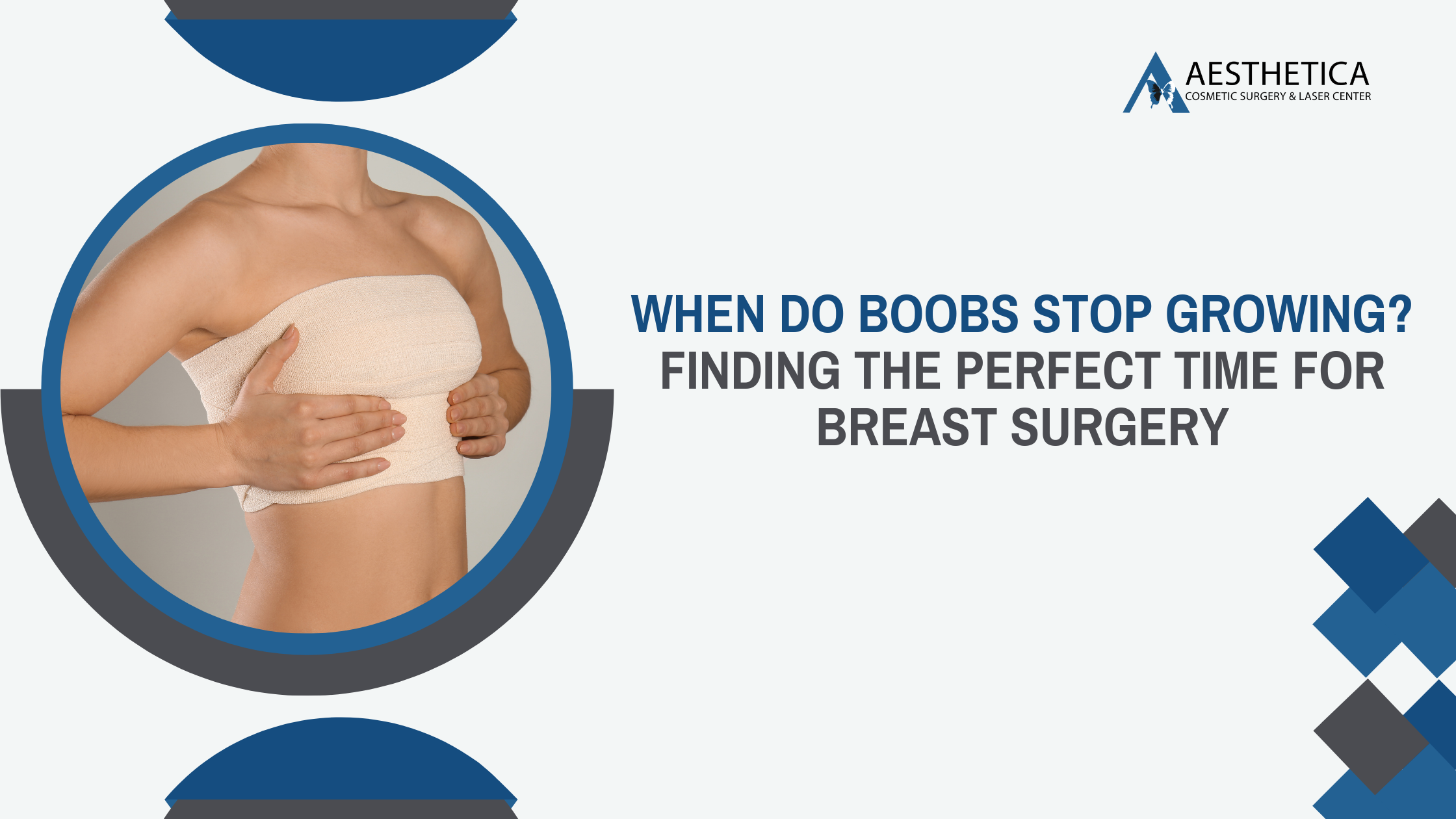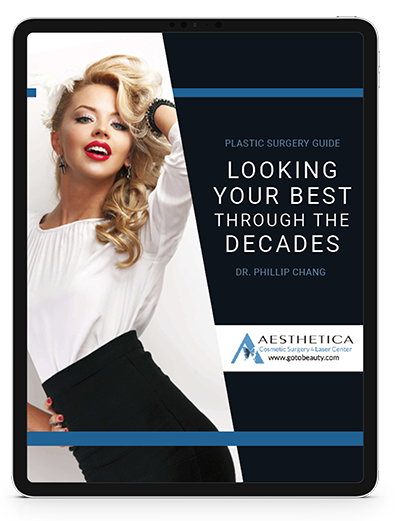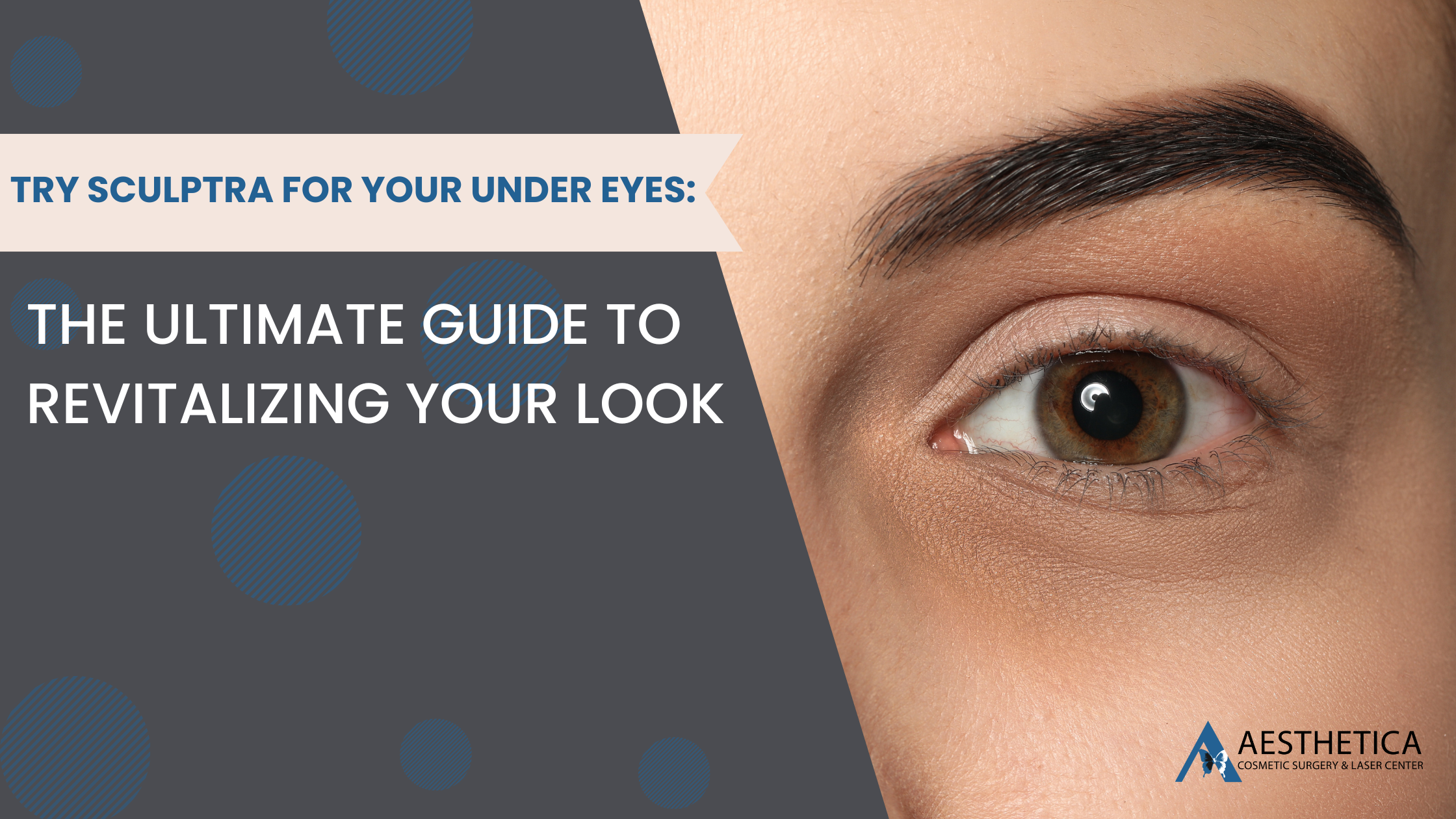Ever wondered when your boobs finally decide to take a break from growing? Or you’re thinking about getting some work done but aren’t sure about the best timing. Well, you’re in the right place. Let’s dive into the nitty-gritty of breast development and pinpoint the ideal moment for considering breast augmentation.
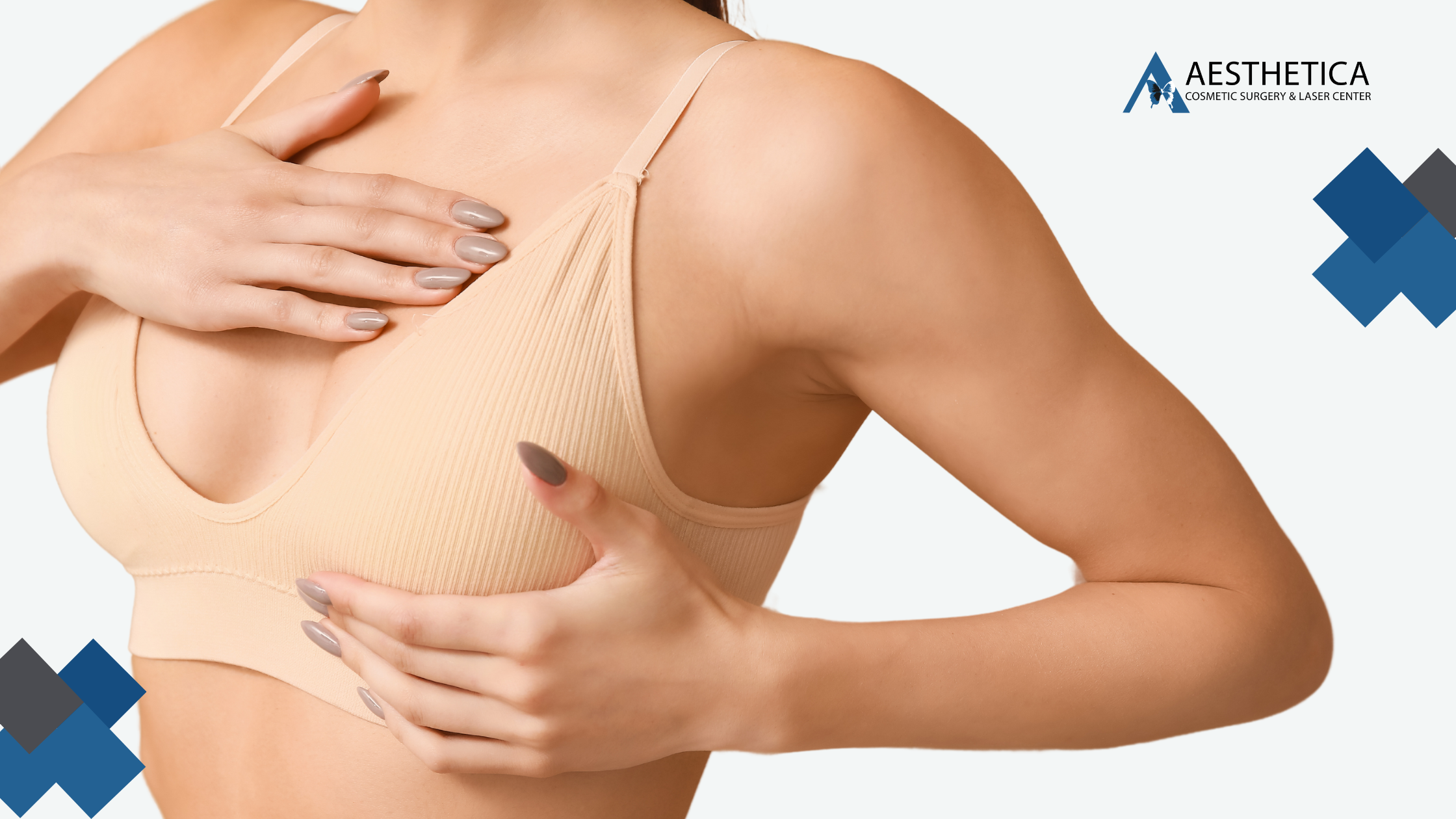
Breast Development 101
Breast growth starts around puberty and is influenced by genes, diet, and overall health. This growth spurt usually begins between ages 8 and 13 and can stretch into one’s late teens or early twenties.
The Genetic Blueprint
First up on the list of influencers: your genes. They’re like the secret recipe passed down through your family, determining everything from the color of your eyes to the size and shape of your breasts. If you’re curious about what to expect, looking at your family tree might give you some clues.
You Are What You Eat
Then there’s your diet. Believe it or not, what you eat affects your breast development. Nutrition during these growth years is super important. Eating a balanced diet ensures your body gets all the good stuff it needs to grow and develop properly. Skimping on nutrients can mess with your development, so eating your veggies is a good idea, as well as ensuring you’re getting enough of everything.
Overall Health: The Wellness Connection
Your overall health is also a key player. Chronic illnesses, certain medications, and hormonal imbalances can influence how your breasts develop. Staying healthy isn’t just good for your boobs; it’s good for your entire body. Regular check-ups, a healthy lifestyle, and promptly dealing with health issues can keep your development on track.
The Journey of Breast Growth
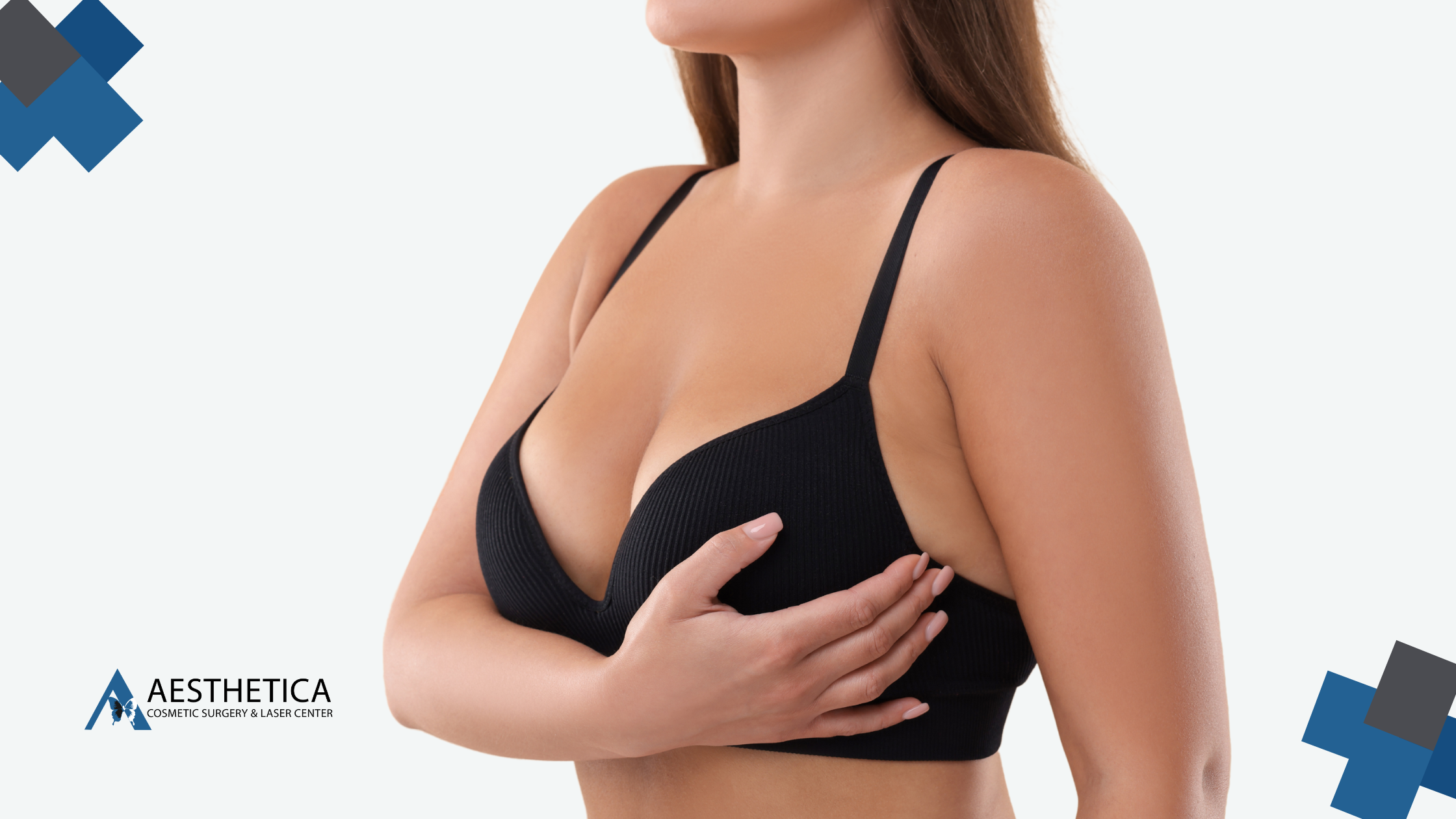
According to the Tanner Scale, this journey is typically broken down into five main stages, a system used to track the physical development of children, adolescents, and teens.
- Pre-Adolescent Stage: This is the starting line, with no real breast tissue. What you’ll see is the flat chest of childhood.
- Bud Stage: Here’s where the magic starts. Small bumps, known as breast buds, appear under the nipples. They may feel a bit tender, and this is the first visible sign that breast development is underway.
- Breast Growth: After the buds debut, the breasts begin to grow. This stage involves both the enlargement of the glands and the increase in fat tissue, giving the breasts more volume and a rounder shape.
- Areola Takes Shape: In this phase, not only do the breasts continue to grow, but the areolas (the darker area around the nipples) also become more pronounced and may appear puffy or slightly raised.
- Mature Adult Breast: The final stage is when breast development rounds off. The nipples and areolas become more pronounced and sit on the contour of the fully developed breast, which now has a more defined shape and size.
Even when it seems like the growth has wrapped up, it’s important to remember that breasts are not static; they’re more like living landscapes, changing over time. Weight fluctuations can lead to an increase or decrease in breast size since breasts contain fatty tissue. Pregnancy and breastfeeding bring about significant changes, too, often making breasts larger and sometimes leaving them a different size or shape post-pregnancy. Hormonal changes during the menstrual cycle can also cause temporary breast size and tenderness changes.
What’s Driving the Growth?
Let’s delve deeper into the Factors Influencing Breast Growth to better grasp what drives these changes and how they can vary from person to person.
Genetics: The Blueprint of Your Body
Think of your genetic makeup as the original blueprint for your body, including your breasts. This genetic code, inherited from your parents, pre-determines many aspects of your physical self, such as height, skin color, breast size, and shape. If the women in your family tend to have larger breasts, there’s a good chance you might, too, and vice versa. It’s a lot like how families often share similar traits, like eye color or height.
Hormonal Changes: The Chemical Messengers
Hormones are crucial in breast development, acting as chemical messengers that trigger growth. Estrogen and progesterone, in particular, are key players here. During puberty, spikes in these hormones signal your body to start the breast development process. But it doesn’t stop there—throughout your life, these hormones continue to affect your breasts. Changes in hormone levels during your menstrual cycle, pregnancy, or menopause can all cause breast size and sensitivity changes.
Nutrition and Lifestyle: Fuel for Growth
The saying “You are what you eat” also rings true for breast development. Proper nutrition provides the essential building blocks for growth. A diet rich in all the necessary nutrients helps ensure that your body can carry out its genetic blueprint effectively. Moreover, lifestyle factors like exercise can influence your overall body fat, affecting breast size since breasts comprise fatty tissue.
Health Conditions and Hormonal Imbalances: The Disruptors
Certain health conditions and hormonal imbalances can throw a wrench in the works of normal breast development. Conditions such as polycystic ovary syndrome (PCOS) or thyroid disorders can lead to hormonal imbalances that may either accelerate or slow down breast growth. Moreover, certain medications that alter hormone levels can have a similar effect.
In addition to these primary factors, environmental influences and exposure to certain chemicals can also play a role in breast development. Research has suggested that exposure to endocrine-disrupting chemicals (EDCs), found in some plastics, cosmetics, and pesticides, can potentially influence hormonal balance and, subsequently, breast growth.
Timing Your Breast Surgery
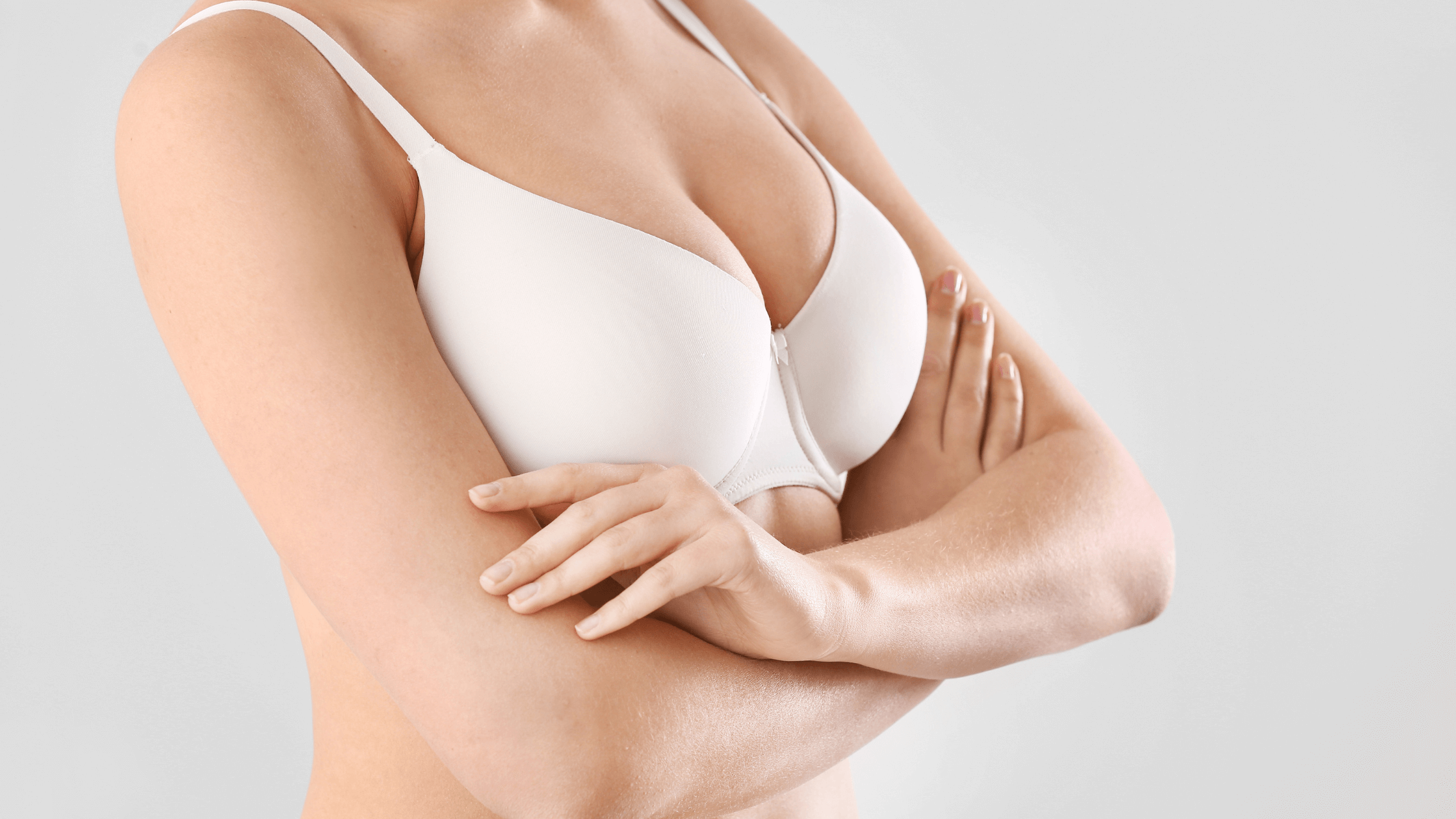
Breast growth typically starts with puberty and can evolve into your early twenties. However, “fully grown” doesn’t just mean size; it encompasses the overall development of breast tissues and stabilizing your hormonal milieu, influencing the breasts’ final shape and volume. Jumping the gun on surgery before this process concludes could mean your results might change over time, as your breasts naturally develop or change shape, potentially leading to dissatisfaction or the need for revision surgeries.
Markers of Breast Development Completion
So, how do you know when your breasts have stopped growing? While there’s no universal sign-off date, several indicators suggest your breasts have reached their mature state:
- Age: Most people’s breasts grow by their late teens to early twenties. However, this is a general guideline rather than a strict rule.
- Stability in Size: If your breast size has remained consistent for a year or two, it indicates that growth has plateaued.
- Lifestyle and Weight: Since breasts are partly composed of fatty tissue, significant weight changes can affect their size and shape. If your weight has been stable for a while, it’s another hint that your breasts have likely reached their mature size.
Considering Life Stages
Planning surgery also involves thinking about your life stages and future plans. Pregnancy and breastfeeding, for example, can significantly alter breast size and shape. If you’re considering having children soon, it may impact your decision on timing, as many prefer to wait until after they’ve completed their families.
Surgery and Self-Image
Remember, getting breast surgery is a personal choice and should be about what makes you happy. It’s vital to keep your expectations realistic and remember that surgery isn’t a fix-all for self-esteem.
Boobs are complicated. Knowing when they’ve finished growing and understanding the impact of life’s big moments can help you choose the best time for surgery. Always talk to a professional before making any decisions.
Elevate Your Confidence with Aesthetica’s Expert Breast Augmentation Services
![]()
At Aesthetica, patients seeking breast augmentation are offered a variety of top-tier services to meet their unique needs and desires. Among the standout options are:
- Breast Augmentation with Implants: This popular procedure involves using silicone or saline implants to enhance breast size and shape, offering patients a range of choices in terms of size, texture, and placement to achieve their desired look.
- Fat Transfer Breast Augmentation: For those looking for a more natural enhancement, Aesthetica offers fat transfer augmentation, which uses the patient’s fat harvested from other body areas to increase breast volume. This option is perfect for individuals seeking a subtle increase in breast size with natural-looking results.
These services, among others provided by Aesthetica, underscore their dedication to offering personalized, advanced cosmetic solutions that cater to their patients’ diverse needs and goals.
Begin Your Breast Augmentation Journey Today!
Meet us at 19500 Sandridge Way, Suite 350, Leesburg, VA 20176, or call us at (703) 574-4342 for a complimentary consultation with Board-Certified Plastic Surgeon Dr. Phillip Chang before moving forward with your procedure. If everything matches up, our team will help you navigate the entire process from beginning to end. Also, remember to check out our blog and social media for more information on cosmetic surgery trends!

